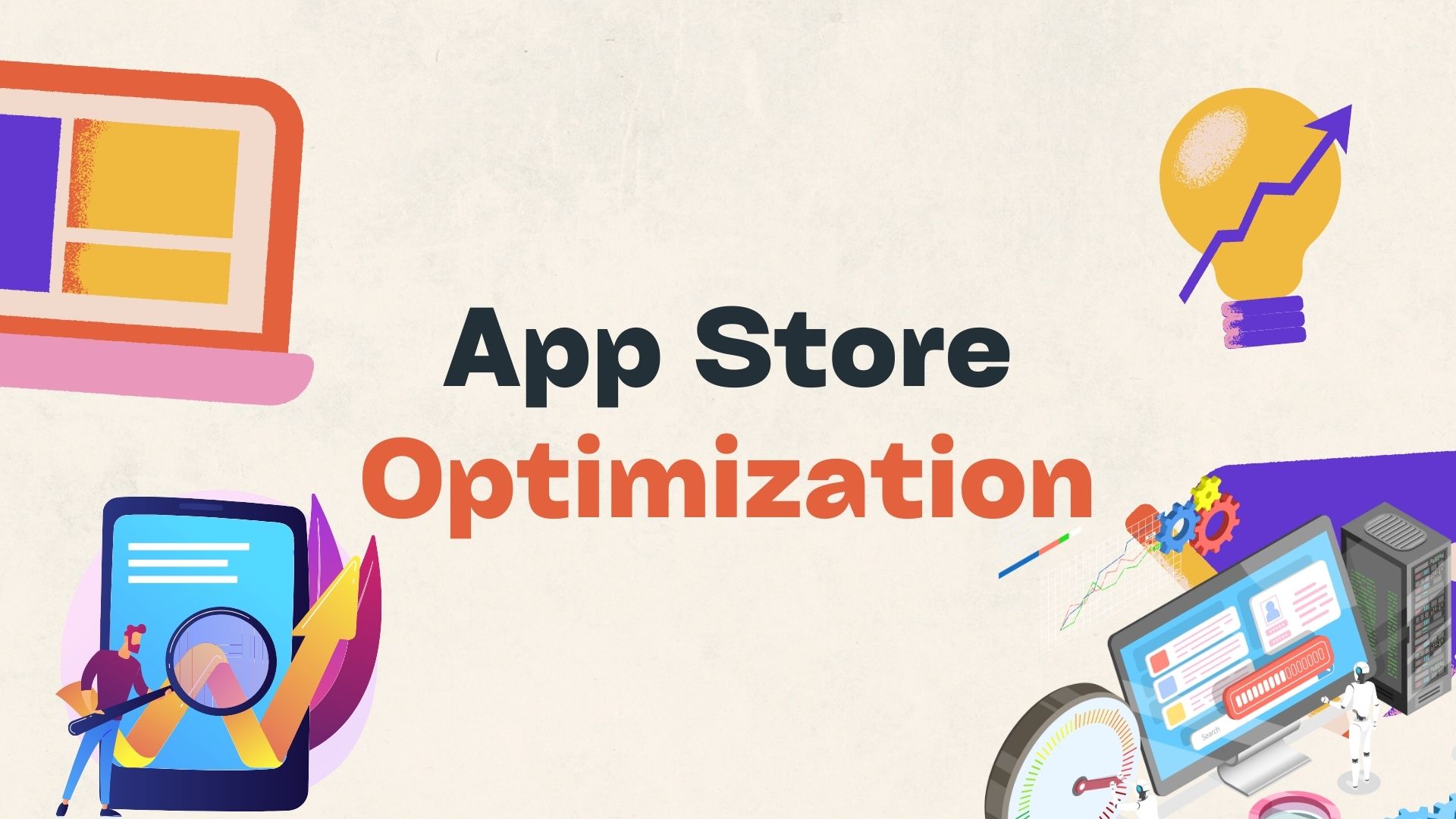Building a Manufacturing eCommerce Strategy

Page Contents
“Cutting out the middleman” was always something that required a proactive approach by the consumer. The rise of eCommerce has changed all this.
Increasingly, it is the manufacturers that are seeking to reduce the “steps” from production to customer. In this article, we consider everything you need to know to build a successful manufacturing eCommerce strategy.
The Rise of D2C and B2B eCommerce
For the manufacturing sector, the rise of eCommerce has opened doors of opportunity that were previously firmly locked behind layers of logistical challenges. However, modern solutions have unlocked these opportunities allowing manufacturers to tap into the Direct-to-Consumer (D2C) and Business-to-Business (B2B) commerce models.
D2C channels empower manufacturers to engage directly with end-users, offering personalized experiences and higher profit margins. Meanwhile, B2B eCommerce platforms are transforming traditional wholesale transactions, enabling manufacturers to streamline sales processes and expand their reach.
At the heart of these changes is – unsurprisingly – technology. eCommerce sales platforms, advanced manufacturing software, and other digital sales are transforming how manufacturers sell their products.
Key Steps to Building a Robust Manufacturing eCommerce Strategy
These are challenging times for the manufacturing sector and one way to boost sales and profits is to build a successful eCommerce business. Achieving this takes a strategic approach that considers everything from understanding your audience to utilizing the right digital tools.
Let’s look at the major steps required to build a successful manufacturing eCommerce presence.
Understanding Your Audience
As any marketing professional will tell you, the first step in any successful sales strategy is to understand your audience. This is more than just identifying buyers, instead it is about utilizing data to understand their demographics and buying behavior:
Here are some key points to consider:
- Demographic analysis: Age, location, occupation, and buying habits can influence purchasing decisions, use marketing analytics to gain valuable insights.
- Purchasing patterns: Track frequency, volume, and timing of purchases.
- Feedback and reviews: Gain insights from customer feedback and product reviews.
- Competitor benchmarking: Understand what competitors offer and how they engage their audience.
Product Presentation
It seems the entire world loves some “unboxing therapy” and wants to share their experience on all their social media channels. This is one of the reasons why manufacturers should never underestimate the power of first impressions. First impressions begin with how the product is presented on the website right through to the consumer experience receiving their goods.
Factors to be aware of include:
- Website display: Clear, high-resolution images and detailed product descriptions to give customers a virtual “feel” of the product.
- Seamless checkout: An intuitive and hassle-free checkout process enhances the buying experience.
- Packaging design: Visually appealing and protective packaging that resonates with the brand.
- Unboxing experience: Consider any extras, personalized notes, or surprises that can elevate the unboxing moment.
Choosing the Right eCommerce Platform
This is a critical step that will represent the foundation of the whole sales process. As such, it needs to be the right one to cater to the specific needs of the manufacturer, their products, and – importantly – the consumer.
Here are the main points to consider:
- Scalability: Can the platform grow with your business, handling increased traffic and sales?
- Integration capabilities: Does it seamlessly integrate with other tools, such as inventory management systems or CRM software?
- User-friendly interface: An intuitive backend makes it easier for your team to manage products, orders, and customer interactions.
- Customization: The ability to tailor the platform to your brand's look and feel, as well as specific functionalities.
- Security: Robust security features to protect customer data and transactions.
Inventory and Fulfillment Integration (Choosing the Right Manufacturing Software)
Manufacturers have always had to keep a close and wary eye on every aspect of the supply chain. This is even more important when considering the complexities of inventory management in D2C and B2B trading environments.
Robust and comprehensive manufacturing software is essential, here are some of the reasons why:
- Real-time inventory management: Accurate product listings prevent overselling and stockouts.
- Streamlined Order-to-Production workflow: Efficiently transform online orders into production tasks.
- Compatibility with eCommerce platforms: Opt for solutions that offer effortless integration.
- Adaptive production scheduling: Prioritize orders based on various criteria.
- Data-driven insights: Use analytics to monitor production efficiency, sales trends, and inventory levels.
Other Essential Factors to Consider
While the aforementioned steps lay the foundation for a successful manufacturing eCommerce strategy, several other factors play a crucial role in its execution and success:
- Optimizing user experience: Ensure a user-friendly interface, responsive design, and a seamless customer journey on your platform.
- Effective pricing and promotions: Strike a balance between competitive pricing, enticing promotions, and maintaining profitability.
- Digital visibility: Enhance online discoverability with SEO best practices and ensure your platform is mobile-friendly. It is also worth considering a mobile app for your online store.
- Feedback and continuous improvement: Regularly gather customer feedback and make necessary adjustments to your strategy and platform.
Manufacturer to Consumer: The Path to eCommerce Success
For manufacturers, the rise of the D2C and B2B sectors opens up a wealth of possibilities. However, it isn’t without its challenges.
The good news is that these challenges can be smoothed over by applying a little due diligence and building a viable and robust manufacturing eCommerce strategy. The steps listed in this article provide a framework for achieving just this.

Wayne Kernochan has been an IT industry analyst and auther for over 15 years. He has been focusing on the most important information-related technologies as well as ways to measure their effectiveness over that period. He also has extensive research on the SMB, Big Data, BI, databases, development tools and data virtualization solutions. Wayne is a regular speaker at webinars and is a writer for many publications.


